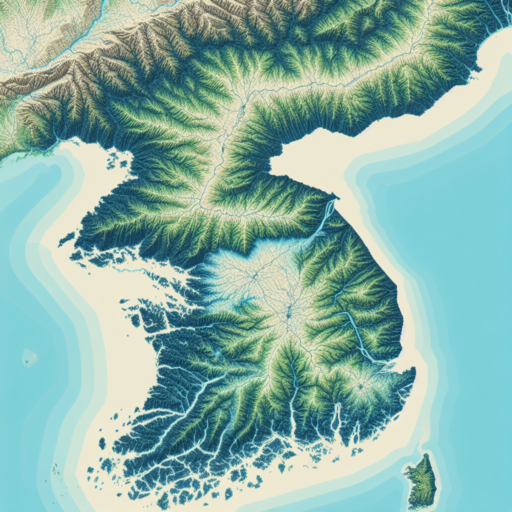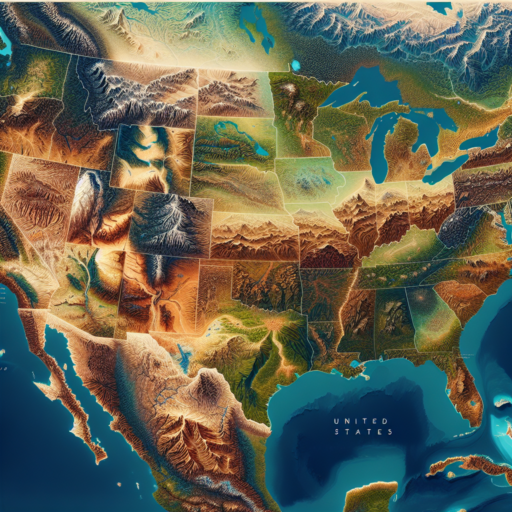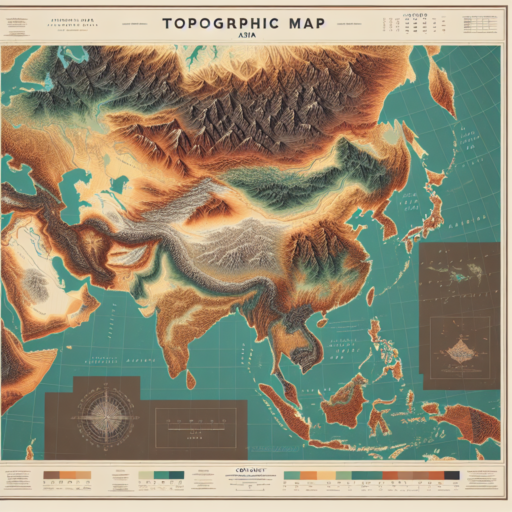What is the elevation of Mount Everest?
The elevation of Mount Everest has long been a subject of fascination and study. Perched on the border between Nepal and the Tibetan Autonomous Region of China, it is the highest point above sea level anywhere on Earth. The consensus among geographers and mountaineers places its official elevation at 8,848 meters (29,029 feet). However, this figure has been subject to revisions over the years due to advancements in measurement technologies and the shifting of tectonic plates which may impact the mountain’s precise height.
In recent times, a notable re-measurement was undertaken to assess whether the 2015 Nepal earthquake had any impact on Everest’s pinnacle. This led to a collaboration between Nepal and China, culminating in a slightly revised elevation. Announced in December 2020, the new official height stands at 8,848.86 meters (29,031.7 feet), a minor but significant adjustment. This slight increase in its recorded elevation offers intriguing insights into the dynamic nature of Earth’s geography.
Understanding the elevation of Mount Everest also involves acknowledging the challenges inherent in such measurements. Techniques have evolved from traditional surveying tools to the use of GPS technology, satellite data, and even radar. Each method provides a layer of precision and complexity to the task of determining the exact height of this majestic mountain. Moreover, the mountain’s rugged terrain, extreme weather, and the geographical complexities of its location add to the difficulty of obtaining accurate measurements. These efforts underscore the human desire to explore and quantify the natural wonders of our planet.
What elevation is the death zone on Everest?
The term «death zone» on Mount Everest refers to elevations above a certain point where human life is at significant risk due to the decrease in oxygen levels. This notorious zone poses serious challenges to climbers, including hypoxia (lack of oxygen), frostbite, and acute mountain sickness. Understanding the specific elevation of the death zone is crucial for climbers to adequately prepare and minimize risks during their ascent.
On Mount Everest, the death zone begins at an altitude of 8,000 meters (26,247 feet) above sea level. Beyond this point, the atmosphere is so deprived of oxygen that prolonged exposure can lead to critical health issues, and the human body cannot acclimatize. The air pressure at this altitude is roughly a third of that at sea level, significantly reducing the amount of oxygen available. Climbers entering this zone often rely on supplemental oxygen to improve their chances of reaching the summit and returning safely.
The harsh conditions in the death zone limit the time climbers can spend without risking their lives. From extreme cold to unpredictable weather, the environment above 8,000 meters is unforgiving. It is essential for expeditions to plan meticulously, ensuring they have the necessary gear, supplies, and support to navigate this dangerous elevation on Everest successfully.
No se han encontrado productos.
Is K2 higher than Everest?
When it comes to towering giants among mountains, Mount Everest and K2 often dominate the discussion. Both behemoths are legendary not only for their sheer height but also for the challenges they pose to climbers. The question of whether K2 is higher than Everest, however, has a straightforward answer. Everest claims the title of the highest mountain on Earth, peaking at an astonishing 8,848 meters (29,029 feet) above sea level. In comparison, K2, while immensely formidable, stands at a slightly lower elevation of 8,611 meters (28,251 feet).
Despite Everest’s undebatable height supremacy, many mountaineering experts consider K2 to be the more challenging climb. The factors contributing to this opinion include K2’s remote location, more severe weather conditions, and its steep and technical ascent routes. This has led to a lower success rate and a higher fatality rate among those who attempt to conquer K2, leading some to regard it as the «Savage Mountain».
It’s also essential to consider the geographical differences between the two. Mount Everest is part of the Himalayas and sits on the border between Nepal and the Tibet Autonomous Region of China. K2, on the other hand, is located in the Karakoram Range, straddling the border between China and Pakistan. The climactic and topographical distinctions between these locations contribute significantly to each mountain’s unique climbing experience.
What is technically the tallest mountain on Earth?
When discussing the title of the «tallest mountain on Earth,» most people will instantly think of Mount Everest. However, when taking into account the entire height of a mountain, from base to summit, Mauna Kea in Hawaii holds the title for being technically the tallest mountain worldwide. This distinction is often unexpected because the traditional measurement only considers the height above sea level, overlooking the significant portion of Mauna Kea that sits below the ocean’s surface.
Mount Everest, revered as the highest point above sea level at 8,848 meters (29,029 feet), has long been celebrated in popular culture and mountaineering circles for its majestic height and challenging ascents. Yet, when measuring from base to peak, Mauna Kea surpasses Everest. The majority of Mauna Kea is submerged, with its total height from the ocean floor to its summit reaching approximately 10,210 meters (33,500 feet), making it substantially taller than Everest when measured from base to summit.
The recognition of Mauna Kea’s true size adds a fascinating layer to our understanding of natural wonders. Despite most of it being hidden beneath the ocean’s waves, it stands as a testament to the vast and varied landscapes our planet offers. This shift in perspective from Everest to Mauna Kea as the «tallest» mountain represents a broader appreciation for the complexities of Earth’s geography and the way we measure and understand the natural world.




